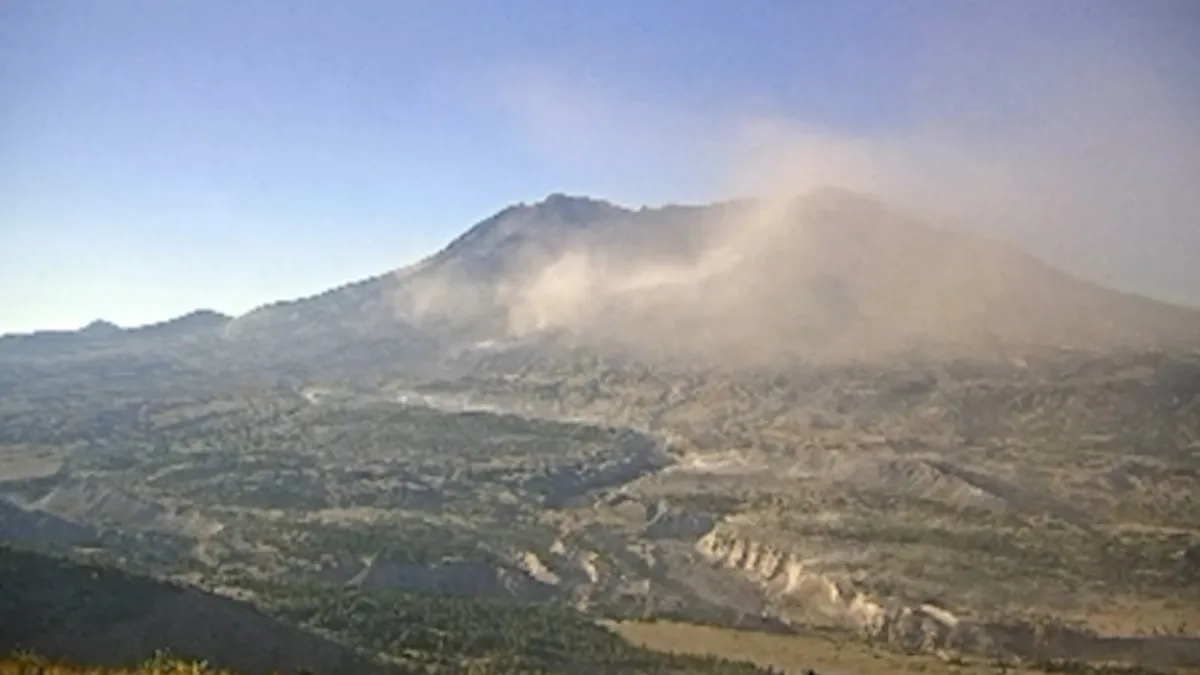
Residents of the Pacific Northwest often cast a wary eye toward Mount St. Helens, but airborne ash this week isn’t a sign of a new eruption.
That’s according to the U.S. Geological Survey, which issued a public information statement on Tuesday as ash began to blow around the iconic volcano, the most seismically active in the Cascade Range.
According to NBC 5 Storm Team meteorologist Brant Miller, the ash that’s swirling around the volcano isn’t from a new eruption, but is actually connected to the infamous 1980 eruption that blew out an entire side of the mountain and left 59 people dead.
That’s because ash from that eruption has been allowed to dry out by a current weather pattern over the Pacific Northwest, which has significantly dried out soil and also churned up ferocious winds.
Currently, a dome of high-pressure is camped over the northwestern United States, and it is spinning winds up toward the northwest, funneling them through the Columbia River Gorge that cuts through the Cascade Range.
The winds going through that gorge accelerate rapidly, and as they hit the southeast side of Mount St. Helens, they are stirring up volcanic ash still left over from the 1980 eruption, making it appear that it is billowing out toward areas northwest of the mountain.
Stories
While the ash isn’t from a new eruption, it can still pose health hazards according to the USGS, and residents are being urged to take precautions as air quality decreases in areas near the volcano. The airborne ash is also impacting aircraft, reducing visibility and even potentially damaging planes and helicopters flying through the area.



